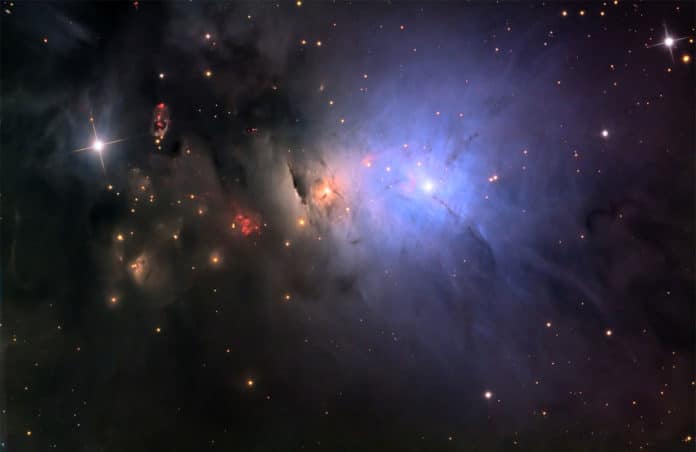Scientists at the Max Planck Institute for Extraterrestrial Physics (MPE) have recently observed three of the youngest proto-stellar sources in the Perseus molecular cloud. The observation was made in the early stages of star formation in the Perseus cloud that revealed the profile of the angular momentum in these sources.
These sources are near edge-on in the plane of the sky, permitting an investigation of the velocity distribution of the dense cloud.
Jaime Pineda, who led the study at MPE said, “This is the first time that we were able to analyze the gas kinematics around three circumstellar disks in early stages of their formation. All systems can be fit with the same model, which gave us the first hint that the dense clouds do not rotate as solid body.”
Scientists found that the angular momentum in these sources is between that expected for a solid body and pure turbulence, indicating that the influence of the core extends further out than previously thought. Specifically, the angular momentum of the in-falling material is directly identified with the conceivable maximum Keplerian radius of the proto-stellar disk.
Expecting an excellent mass of about 5% of the mass of our Sun, the researchers gauge that the furthest reaches of the Keplerian circle is around 60 Astronomical Units, or about the twofold the size of our planetary framework, in concurrence with past appraisals. This proposes huge circles (more noteworthy than 80 AU) can’t be framed right off the bat in the life of a star, and along these lines influences the beginning stage for planet shaping situations.
Scientists are further planning to observe such systems at different stages in their evolution and in various situations to check if these impact the particular angular momentum profile. These discoveries would then be able to be fused in or contrasted with numerical simulations to better comprehend the co-development of the dense core framing a star and the circumstellar disk forming planets.
The study is published in The Astrophysical Journal.
